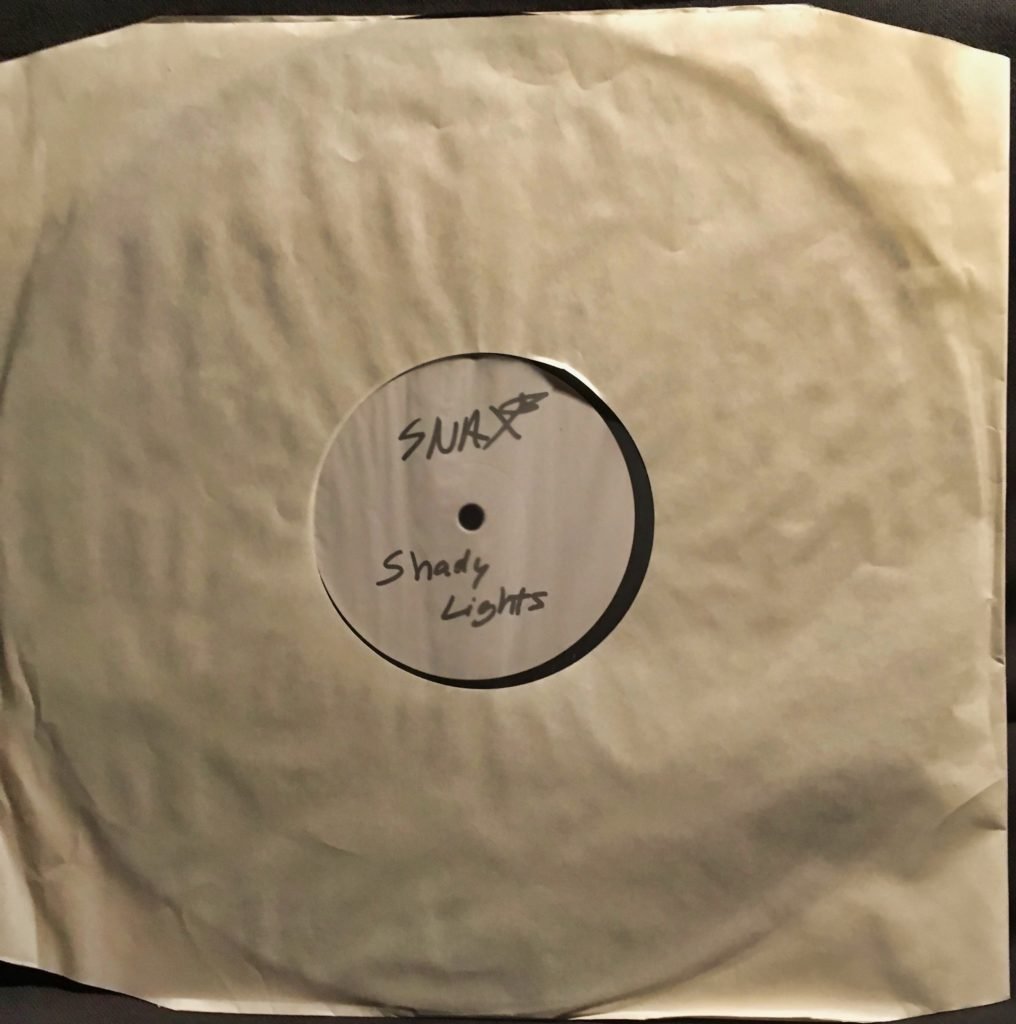I’ve recorded dozens of remixes in my production career, and there are a few that are particularly special to me. A remix I created of the track “Shine,” for the Brighton-based SumSuch and vocalist Will Brock, is one of those special ones. At the time I was abandoning the four-on-the-floor and experimenting with breakbeats again. I was also rediscovering that creative period of ‘ambient’ drum n’ bass in the mid-90s and realizing how much I missed the early simplicity of those swirly, bass-heavy sounds. This remix is the result.
“Shine (Q-Burns Abstract Message Remix)” was released on SumSuch’s brilliant Color and Pitch label in 2015. SumSuch, ever the mensch, has repeatedly expressed his love of this remix to me, which was reassuring as my path as a producer was finally veering away from the dance floor.
SumSuch has some connection with the esteemed label BBE Music, and the label released an album from SumSuch’s proper ‘band’ project with Will Brock, Mega Jawns. Now BBE Music has issued a ‘best of’ compilation spotlight on the Colour and Pitch label, and I’m honored that my “Shine” remix is included.
Have a listen to the remix:
You can find more information on the lovely collection Colour and Pitch V1 on BBE Music’s site, and it’s available on all the snazzy streaming services. There’s also an hour-long continuous DJ mix from SumSuch of the compilation’s tracks. I submit this album and mix as the soundtrack to your weekend.





